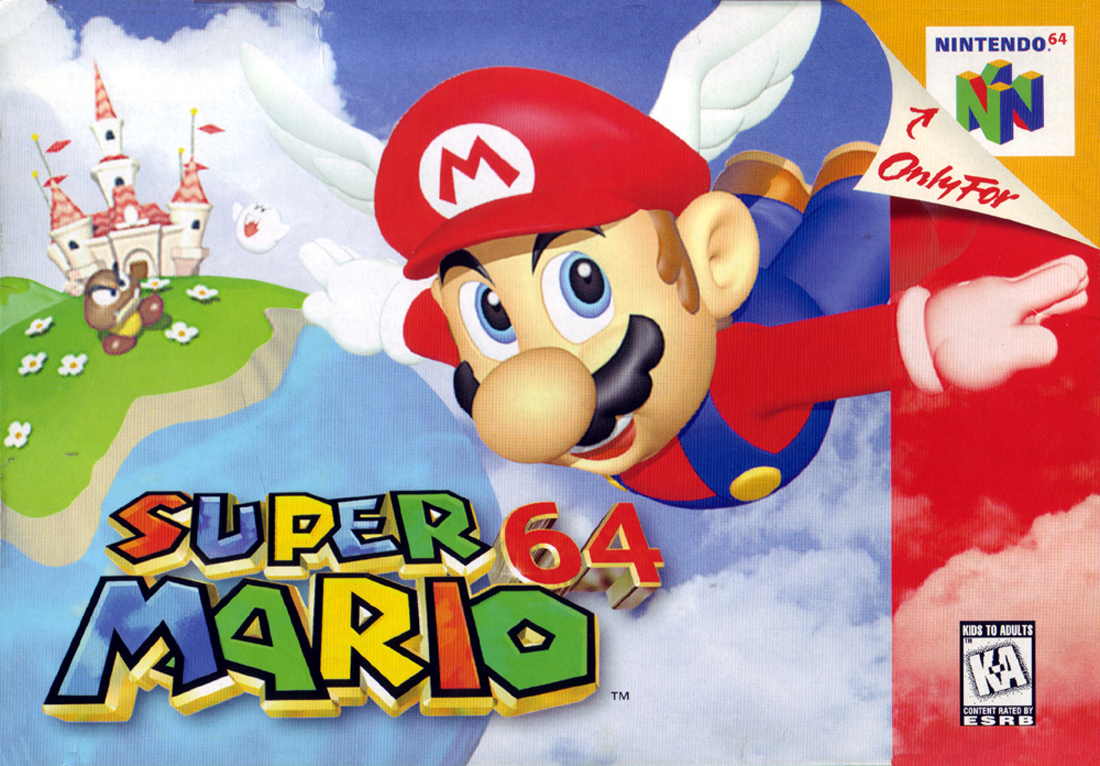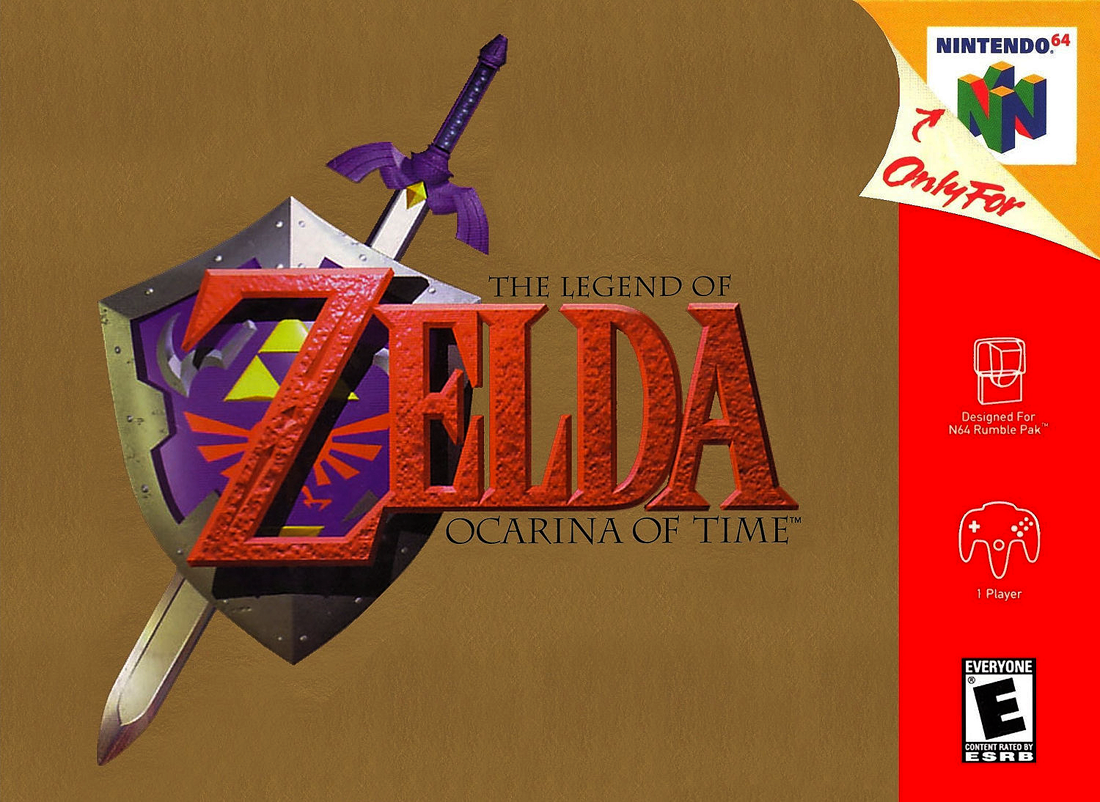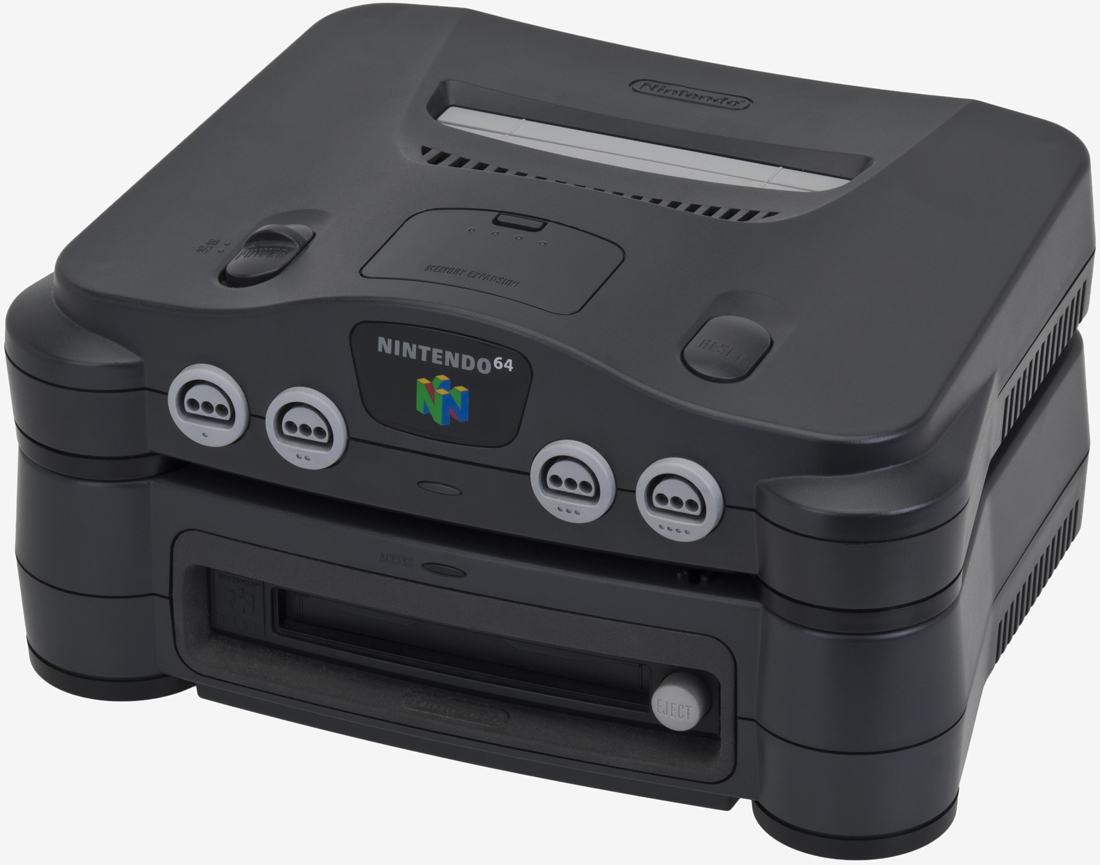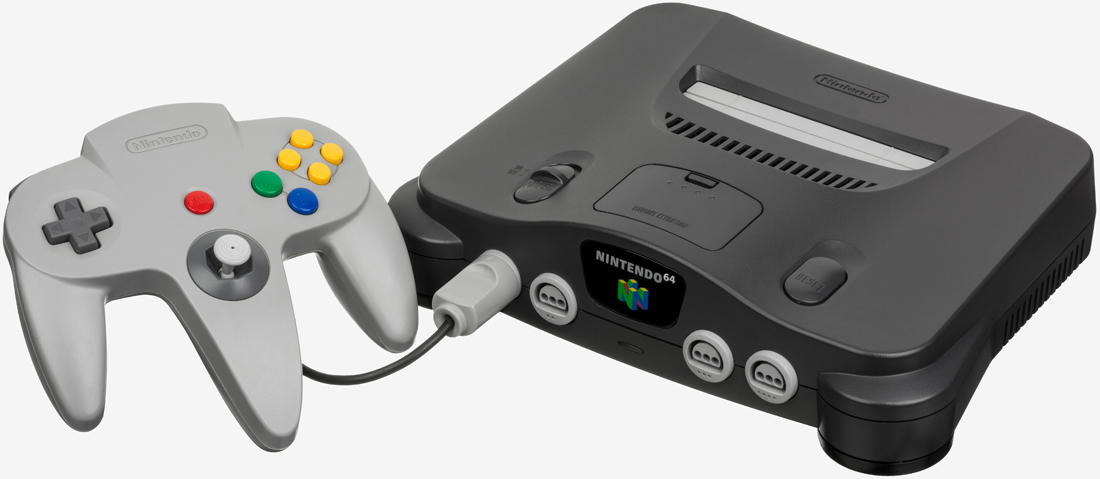Nintendo's iconic 64-bit game console system recently eclipsed the 20-year-old mark, having first been released in Japan on June 23, 1996. Of all the console releases in my day, this is the one I remember most fondly.
The Nintendo 64 wouldn't arrive in the states until a few months later on September 29, 1996. As a die-hard 14-year-old console gamer (this was a few years before the PC took over my life), I had saved all summer for the N64. Without a computer, the only way for me to keep current on gaming news was through magazine subscriptions. At this point, I had more than half a dozen different magazines showing up at my door each month.
Nevertheless, with my pre-order in place, I had just one key decision to make: which game to get on launch day? There were only two to choose from - Super Mario 64 and Pilotwings 64 (virtually every game for the console carried the suffix "64") - and I only had enough money for one. Come launch day, I was still undecided. I went to the local mall and immediately had trouble finding either. It was at my last stop - Sears, of all places - that I found a copy of Pilotwings 64.

I quickly realized through talking with a friend that I had made the wrong choice as Super Mario 64 was a far superior title but eh, what choice did I have?
The Nintendo 64 was arguably the biggest jump in performance from console to console that I can remember. The 16-bit Super Nintendo arrived in 1990 followed by Sony's groundbreaking PlayStation in late 1994 (a year later in North America). Nintendo technically released a 32-bit console, the disastrous Virtual Boy in 1995, but that really doesn't count. As you can imagine, going from the 16-bit SNES to the 64-bit N64 was like night and day with Super Mario 64 highlighting the console's early potential perfectly.
Nintendo ultimately released 388 games for the N64, several of which became instant classics / favorites of mine including Wave Race 64, Mario Kart 64, Star Fox 64, GoldenEye 007, Donkey Kong 64 and The Legend of Zelda: Ocarina of Time, just to name a few.

The competing consoles of that era from Sony and Sega were using optical discs but Nintendo critically elected to stick with its cartridge-based system. Games on carts loaded much faster, were more durable, could save progress internally and were more difficult to pirate. Conversely, cartridges cost more money (and time) to manufacture and ultimately, storage space proved to be a limitation with a maximum of just 64MB of space versus more than 650MB for a disc.
Nintendo planned to address some of these shortcomings with an add-on accessory called the Nintendo 64 DD (disk drive) which used proprietary 64MB magnetic rewritable disks for expansion. The accessory was met with multiple delays and although it did finally come to market in Japan in late 1998 via mail-order, it was discontinued shortly after and never made it to North America.

All things considered, some say Nintendo's decision to stick with cartridges was a key factor in the company losing its dominant position in the industry. Unsurprisingly, Nintendo switched to optical discs with its sixth-generation system, the GameCube.
